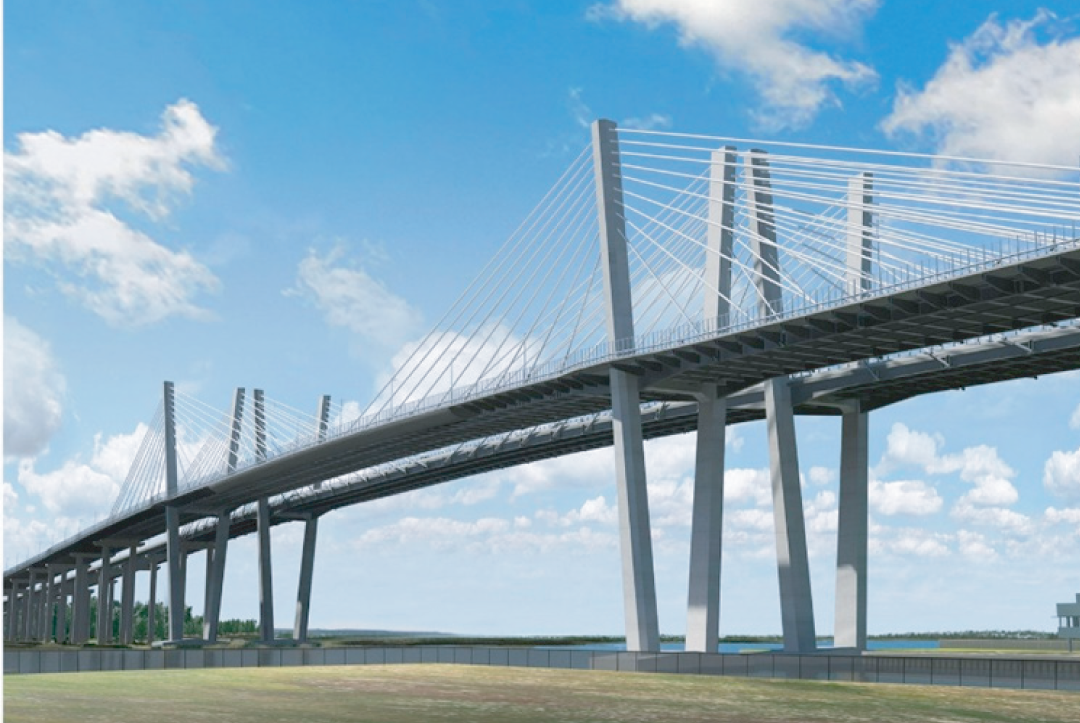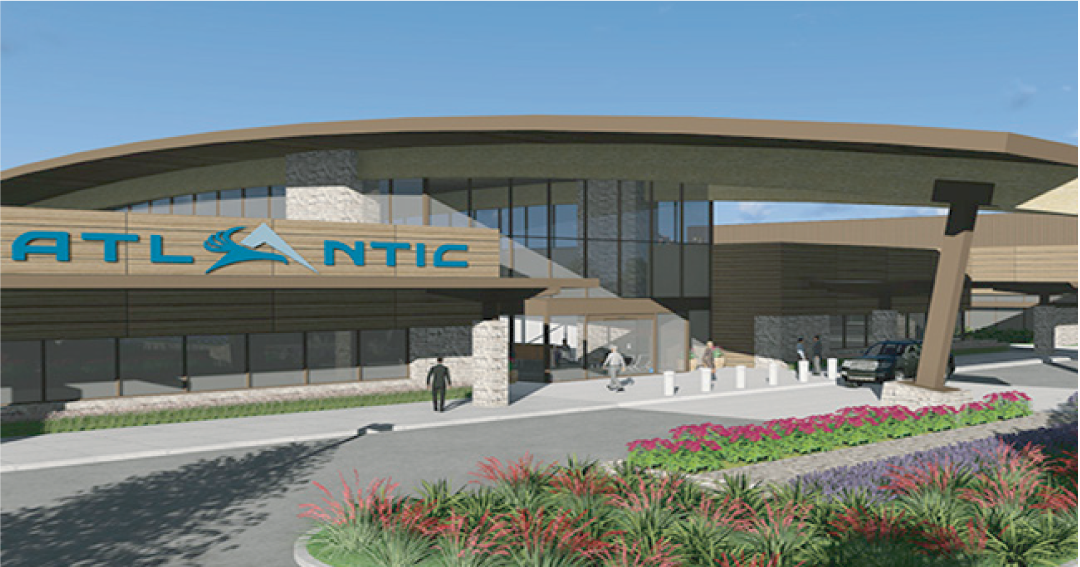Transportation Infrastructure

It certainly is an exciting time to be a private infrastructure investor. The skeptical among you might point out that roads, bridges, airports, ports and power plants have all been around for decades — or even centuries, in some cases, and may not feel particularly compelling to growth-equity investors.
And while it’s true that modern infrastructure delivers the same functionality as yesterday’s infrastructure, what’s different is the dire need to replace or enhance that existing infrastructure, as well as the sheer scale of investment opportunity that has continued unabated through out the pandemic.
Infrastructure Transaction Volume by Quarter
Focusing our attention on transportation infrastructure, we see the 2020-2021 recovery that grew initially in fits and starts is now producing excess demand, and in turn taxing operators’ (and their infrastructure’s) ability to match it. The potential result is unhappy passengers and travelers, or a politically fraught situation. On the positive side, however, projects that began pre-pandemic are finally coming online, with many more in the pipeline. Transportation still occupies the largest piece of the infrastructure universe and historically has garnered the highest percentage of public and private investment, as demonstrated in the chart below.
2021 North America Infrastructure
Take the New York metropolitan area as an example. We’ve seen a whole range of transportation projects that have recently commenced operations or are under construction. To the west, there’s the $1.5 billion Goethals replacement bridge, connecting New Jersey to Staten Island.

To the north, the three-mile-long, $3.9 billion Mario M. Cuomo (aka Tappan Zee) bridge, connecting Rockland and Westchester counties over the Hudson River.

Both projects replaced functionally obsolete, subscale bridges with modern high-capacity alternatives, using innovative public-private partnerships to bring them to market. The result is safer, more modern and efficient access from points west into New York City.
And it doesn’t stop at bridges. Several airport projects will relieve congestion and provide an enhanced experience to both domestic and international air travelers. These projects, which we’ll explore further below, are driven by projected growth in air travel that is rebounding strongly from the pandemic shutdown, as shown in this chart.
Available Seat Miles and Revenue Passenger Miles
LaGuardia Airport’s new Terminal B recently opened with much fanfare, and for good reason. The $4 billion project replaced an overcrowded, dilapidated and disliked experience with a unique 1.3 million-square-foot modern terminal including 35 new gates, a common-use terminal, soaring ceilings with natural lighting, 50 new shops, improved parking and ground access, and dual pedestrian bridges spanning active aviation taxi lanes connecting the main terminal to two island concourses. LaGuardia Gateway Partners, a private consortium comprised of infrastructure investors, airport operators and construction and design companies, is operating the terminal under a 35-year lease with the Port Authority of New York and New Jersey (PANYNJ).
The adjacent $4 billion Delta Terminal C is also open after six years of construction. The 1.3 million-square-foot terminal C is 85% larger than the two terminals it replaced. Travelers have access to 37 gates through one arrivals and departures hall, containing art curated by the Queens Museum. The combined $8 billion of investment at LGA represents the first major U.S. airport (re)built in the last 25 years, two-thirds of which is funded through private financing and existing passenger fees. These projects have generated $2 billion in contracts awarded to MWBE businesses and demonstrate a significant focu to work with locally based contractors.
Similar projects are launching now at JFK International Airport. After several years of delays and revisions, the new Terminal 1 project has reached financial close and is beginning construction. The $9.5 billion project replaces three terminals (1, 2 and 3) at the airport’s southern edge. With 2.4 million square feet, Terminal 1 will be JFK’s largest terminal and the same size as LaGuardia’s two new terminals combined. Construction is set to occur in three phases, matching capacity with an expected rebound of international travel. The first phase, including the new arrivals and departures hall and first set of new gates, is expected to open in 2026. By 2030, the new Terminal 1 will have 23 gates designed to enhance the travel experience and compete directly with other highly rated airport terminals. As at LGA, New York State and the PANYNJ turned to an innovative consortium of specialist infrastructure investors, construction, design companies and airport operators to develop this project.
Turning to private aviation, we’ve witnessed several marquis transactions within general aviation focused on fixed-based operators (FBOs) that provide terminal, fuel, hangar and ancillary support to private operators. General aviation rebounded earlier and more strongly than its commercial counterpart and has attracted interest from growth-oriented infrastructure investors.
U.S. Domestic Unscheduled Revenue Passenger Miles
In both transactions, investors are expected to benefit from growing flight hours, stimulated demand from existing and new travelers, targeted growth in leisure and business markets, and consolidation of a still fragmented market. The FBO market is shifting from one primarily based on fuel revenues to focus on real estate development, enhanced by technology and improved customer service. Modern FBOs are also committed to improving their carbon footprint by utilizing sustainable aviation fuel, electric vehicles, renewable power sources and LEED-certified facilities.

Looking collectively at these completed projects and future developments, I’m sure you’ll now see why we used the words “exciting” and “infrastructure” in the same sentence.
This presentation has been prepared solely for informational purposes and contains confidential and proprietary information, the disclosure of which could be harmful to Hamilton Lane. Accordingly, the recipients of this presentation are requested to maintain the confidentiality of the information contained herein. This presentation may not be copied or distributed, in whole or in part, without the prior written consent of Hamilton Lane.
The information contained in this presentation may include forward-looking statements regarding returns, performance, opinions, the fund presented or its portfolio companies, or other events contained herein. Forward-looking statements include a number of risks, uncertainties and other factors beyond our control, or the control of the fund or the portfolio companies, which may result in material differences in actual results, performance or other expectations. The opinions, estimates and analyses reflect our current judgment, which may change in the future.
All opinions, estimates and forecasts of future performance or other events contained herein are based on information available to Hamilton Lane as of the date of this presentation and are subject to change. Past performance of the investments described herein is not indicative of future results. In addition, nothing contained herein shall be deemed to be a prediction of future performance. The information included in this presentation has not been reviewed or audited by independent public accountants. Certain information included herein has been obtained from sources that Hamilton Lane believes to be reliable, but the accuracy of such information cannot be guaranteed.
This presentation is not an offer to sell, or a solicitation of any offer to buy, any security or to enter into any agreement with Hamilton Lane or any of its affiliates. Any such offering will be made only at your request. We do not intend that any public offering will be made by us at any time with respect to any potential transaction discussed in this presentation. Any offering or potential transaction will be made pursuant to separate documentation negotiated between us, which will supersede entirely the information contained herein.
Certain of the performance results included herein do not reflect the deduction of any applicable advisory or management fees, since it is not possible to allocate such fees accurately in a vintage year presentation or in a composite measured at different points in time. A client’s rate of return will be reduced by any applicable advisory or management fees, carried interest and any expenses incurred. Hamilton Lane’s fees are described in Part 2 of our Form ADV, a copy of which is available upon request.
The following hypothetical example illustrates the effect of fees on earned returns for both separate accounts and fund-of-funds investment vehicles. The example is solely for illustration purposes and is not intended as a guarantee or prediction of the actual returns that would be earned by similar investment vehicles having comparable features. The example is as follows: The hypothetical separate account or fund-of-funds consisted of $100 million in commitments with a fee structure of 1.0% on committed capital during the first four years of the term of the investment and then declining by 10% per year thereafter for the 12-year life of the account. The commitments were made during the first three years in relatively equal increments and the assumption of returns was based on cash flow assumptions derived from a historical database of actual private equity cash flows. Hamilton Lane modeled the impact of fees on four different return streams over a 12-year time period. In these examples, the effect of the fees reduced returns by approximately 2%. This does not include performance fees, since the performance of the account would determine the effect such fees would have on returns. Expenses also vary based on the particular investment vehicle and, therefore, were not included in this hypothetical example. Both performance fees and expenses would further decrease the return.
Hamilton Lane (Germany) GmbH is a wholly-owned subsidiary of Hamilton Lane Advisors, L.L.C. Hamilton Lane (Germany) GmbH is authorised and regulated by the Federal Financial Supervisory Authority (BaFin). In the European Economic Area this communication is directed solely at persons who would be classified as professional investors within the meaning of Directive 2011/61/EU (AIFMD). Its contents are not directed at, may not be suitable for and should not be relied upon by retail clients.
Hamilton Lane (UK) Limited is a wholly-owned subsidiary of Hamilton Lane Advisors, L.L.C. Hamilton Lane (UK) Limited is authorised and regulated by the Financial Conduct Authority (FCA). In the United Kingdom this communication is directed solely at persons who would be classified as a professional client or eligible counterparty under the FCA Handbook of Rules and Guidance. Its contents are not directed at, may not be suitable for and should not be relied upon by retail clients.
Hamilton Lane Advisors, L.L.C. is exempt from the requirement to hold an Australian financial services licence under the Corporations Act 2001 in respect of the financial services by operation of ASIC Class Order 03/1100: U.S. SEC regulated financial service providers. Hamilton Lane Advisors, L.L.C. is regulated by the SEC under U.S. laws, which differ from Australian laws.
Any tables, graphs or charts relating to past performance included in this presentation are intended only to illustrate the performance of the indices, composites, specific accounts or funds referred to for the historical periods shown. Such tables, graphs and charts are not intended to predict future performance and should not be used as the basis for an investment decision.
The information herein is not intended to provide, and should not be relied upon for, accounting, legal or tax advice, or investment recommendations. You should consult your accounting, legal, tax or other advisors about the matters discussed herein.
The calculations contained in this document are made by Hamilton Lane based on information provided by the general partner (e.g. cash flows and valuations), and have not been prepared, reviewed or approved by the general partners.
As of July 27, 2022